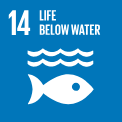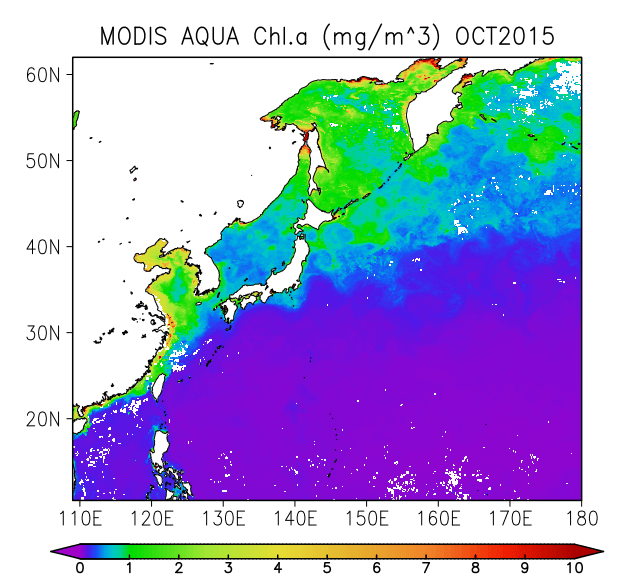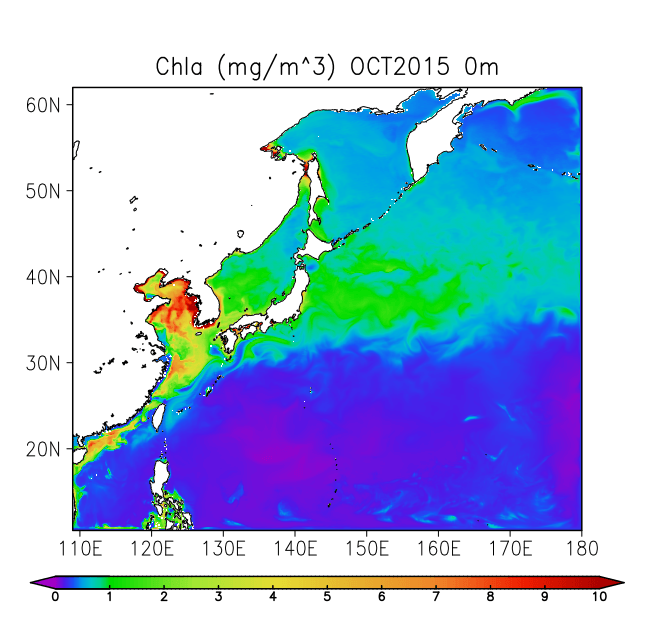Nowcasting of oceanic environmental variations associated with ocean acidification
Japan Coastal Ocean Predictability Experiment (JCOPE)

It is known that carbon dioxide emitted into the atmosphere accompanying the expansion of human activity dissolves in sea water and leads to a decrease in pH (ocean acidification). Sea water pH has been estimated to have dropped by 0.1 since the Industrial Revolution, and this tendency is expected to continue in the future. A decrease in pH may affect various types of marine life. However, detailed horizontal distributions and variations of sea water pH around Japan remain unknown. To conduct nowcasting of pH to understanding this issue, the Application Laboratory of JAMSTEC is developing a lower-trophic marine ecosystem - carbon cycle model based on an oceanic current forecasting model, JCOPE. This research was funded by the Ocean Policy Research Institute of the Sasakawa Peace Foundation (OPRI-SPF). We develop pH nowcasting model and analyze pH variations for a better understanding. In particular, we are focusing on the effects of lower-trophic ecosystem variations on pH variations. At present, we are conducting a nowcast experiment of pH together with model improvements based on validation of the model and observational data (Figs. 1 and 2). In the future, we seek to utilize the developed model for studies regarding the relationships between oceanic current variability and marine life activity.


Research Institute for Value-Added-Information Generation (VAiG)
Application Laboratory
